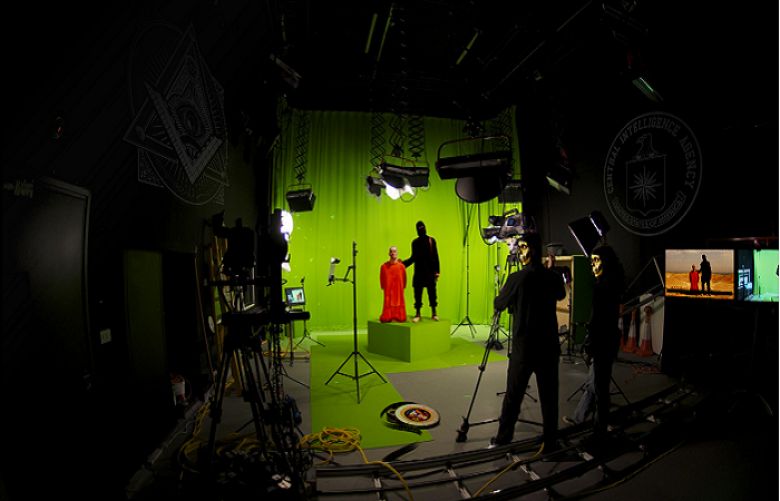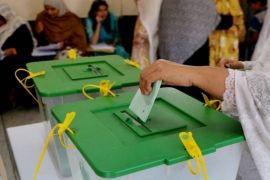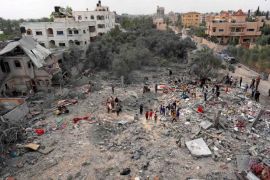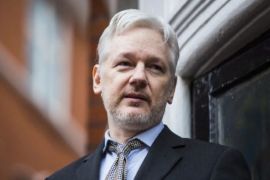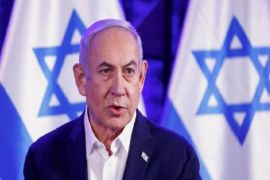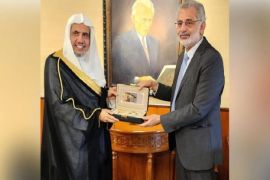The US government has spent over half a billion tax-payer dollars to make fake al Qaeda videos bugged with a code to trace viewers’ locations and to generate false propaganda, Bureau of Investigative Journalism reported last week.
The Pentagon gave a controversial UK PR firm, Bell Pottinger, over half a billion dollars to run a top secret propaganda programme in Iraq. The PR firm generated a series of coded videos between 2007 and 2011, displaying visuals of bloodletting and bombing by al Qaeda and sequencing these into short documentaries.
The videos were recorded on CDs which were circulated by the US forces in Iraqi neighbourhoods by secretly slipping them inside peoples’ houses. Whenever someone tried playing them, the viewer’s location was transmitted to the US military. “The discs were designed to run on a video software called Real Player that automatically disclosed the user’s location,” Martin Wells, a former Bell Pottinger employee, said.
Pentagon wanted to navigate the routes of the terror group from Iraq to other countries. “These tactics can be very instrumental in making progress and leading to those who can be potential threats,” he added.
None of the bombings or killings that feature in the videos were fake or staged. The Pentagon’s primary purpose was to attract al Qaeda propagandists towards the tampered videos and then keep a close watch on their movements. “Nothing was set up, no bombs [were] faked,” Wells informed.
Apart from entrapping al Qaeda operatives, the Pentagon’s other main motive was to manufacture a propaganda of its own. It paid Bell Pottinger $540 million as part of this operation, according to the Bureau’s investigation.
As a result, the PR agency got involved in producing brief news packages to engineer a propaganda. Whenever there was a bomb blast, the agency would send out its employees to film the aftermath. The US military then gave instructions on how to put together the news that best suited their agenda.
The videos were produced in Arabic and their quality was intentionally tampered with to give away the impression like a local news crew had made them.

